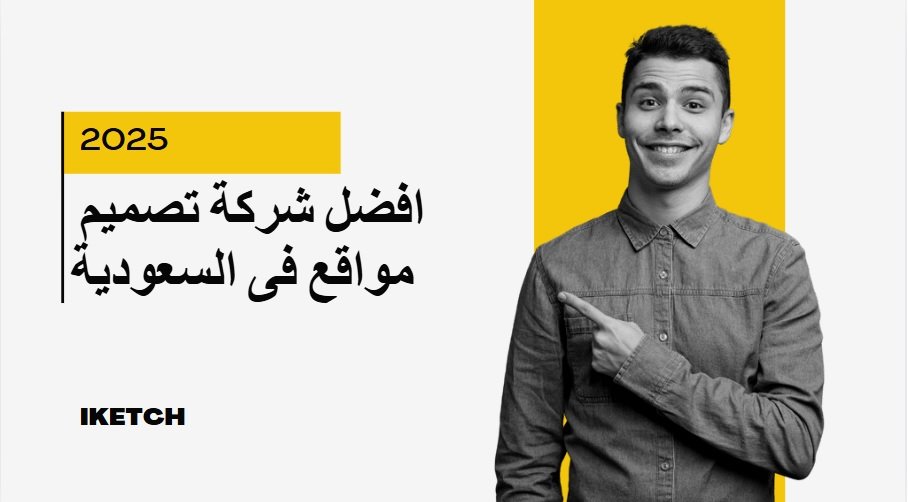Web design prices: How do you choose the best deal without sacrificing quality?

Table of contents
A comprehensive guide to choosing a professional website design proposal: Balancing price and quality
Introduction: Why is the balance between price and quality a challenge?
In an increasingly digital world, having a professional website has become a necessity for any business. The key question is not "How much does it cost to design a website?", but rather "How do you choose the best deal that balances quality and cost?". Finding the perfect combination of price and quality is a real challenge. Tempting offers can hide mediocre design and poor performance, while expensive offers can go beyond your budget. This comprehensive guide aims to simplify this complex process, highlighting the critical factors that determine web design pricing, and how to choose the ideal partner that will efficiently and effectively achieve your goals.
Factors Affecting Web Design Prices
The cost of web design varies widely, and this is due to several key factors:
Site type and complexity:
- Simple websites (informational or blogs): They cost between 1,500 to 5,000 SAR and include basic pages such as "About Us" and "Contact Us".
- Medium sites (businesses or services): It costs up to SAR 10,000 and includes a content management system (CMS) and integration with external platforms.
- Complex websites (online stores or educational platforms): May exceed SAR 15,000 due to features such as payment gateways, appointment booking systems, and advanced databases.
Custom design versus off-the-shelf templates:
- Design from scratch: It costs more, but ensures a unique design that reflects your brand identity.
- Ready-made templates: It reduces cost, but it can limit customization and make you less distinctive from your competitors.
Techniques used:
- Using advanced technologies such as AI or voice interaction increases cost, but improves user experience and performance.
- Sites based on open-source content management systems (such as WordPress) are less expensive compared to those built with proprietary programming languages.
Post-delivery services:
- Some offers include regular maintenance, security updates, and technical support, which increases the price but ensures that the site continues to work efficiently.
Approximate Web Design Price Comparison Table
| Type of location | Average cost (SAR) | Main features |
|---|---|---|
| Simple introductory website | 1,500 – 5,000 | About Us, Contact Us, Simple Photo Gallery |
| Medaed's website | 5,000 – 10,000 | Content management system, social media integration, responsive design |
| Integrated online store | 10,000 – 25,000+ | Product management system, payment gateways, customer account, order tracking |
| Educational platform | 15,000 – 30,000+ | Course management system for courses, tests, certificates, student-teacher interaction |
Criteria for choosing the right company: It's not just price that determines value!
When evaluating web design offers, don't just focus on price, but analyze these aspects carefully:
Portfolio:
- Examine the company's past projects: Have they designed websites similar to your industry? Are their designs attractive and functional at the same time?
Transparency in technical details:
- Avoid companies with vague offers. Make sure you fully understand what services are included, such as the number of technical support hours and SEO compliance.
Customer feedback and company reputation:
- Look for customer reviews on platforms like Google My Business or review forums. Check for testimonials or partnerships with well-known platforms.
Integration with digital marketing strategies:
- Some companies offer integrated services that include search engine optimization (SEO) and content marketing, saving you additional costs in the future.
5 golden tips to cut cost without sacrificing quality
- Prioritize realistically: Start with the core features, and save the secondary features for later stages.
- Use open source platforms: Systems like WordPress or WooCommerce provide you with economical and scalable options.
- Negotiate a flexible payment plan: Some companies accept split payments in stages.
- Avoid unnecessary extras: Don't pay for extra services you don't need.
- Choose companies that offer a guarantee on the work: Make sure there is a warranty period to fix any technical issues.
How to Compare Offers Smartly: A Step-by-Step Guide
- Collect 3-5 different offers: Choose offers from companies of different sizes.
- Analyze cost vs. services: Compare what each offer includes in detail.
- Ask for practical examples: Ask for examples of sites that have been designed with the same budget as yours.
- Check the adjustment policy: How many free mods are included?
- Measuring long-term viability: Does the total cost include security updates and compatibility with future technologies?
Useful External Links
Conclusion: Invest in your site wisely, it's your permanent face to the world
Choosing a web design proposal is a strategic decision that goes beyond simply comparing prices. It's a delicate balance between technical requirements, available budget, and the future vision of your project. By following the guidelines mentioned above, you will be able to make an informed decision and choose the right partner to turn your ideas into a successful and sustainable digital reality. Remember that your website is a long-term investment that holds the key to your success in the digital world.
















